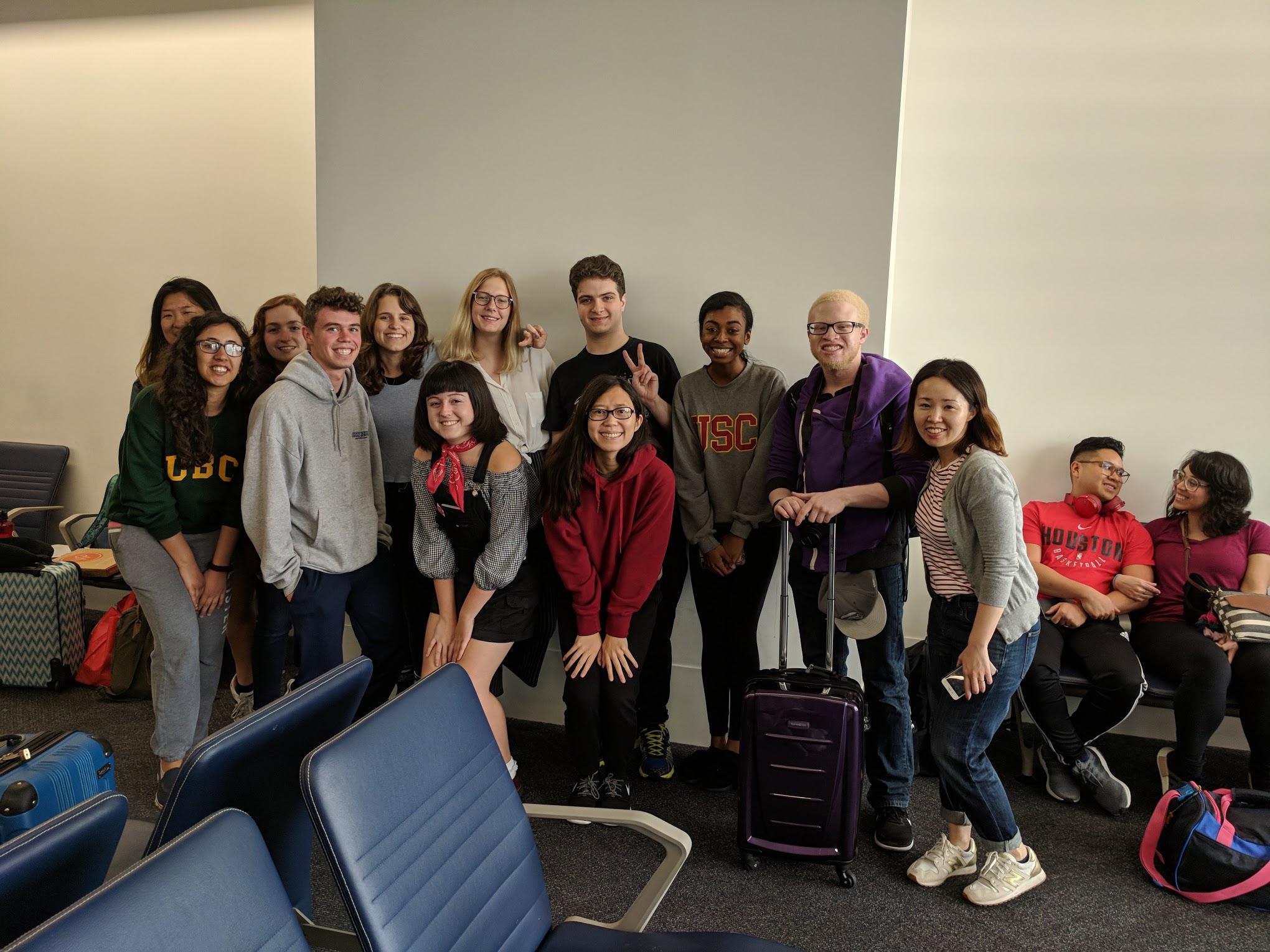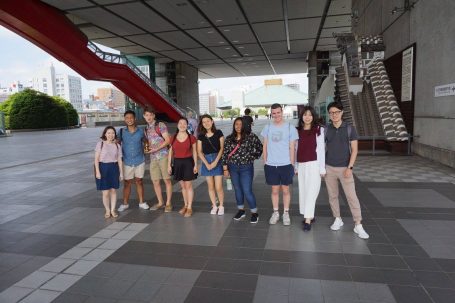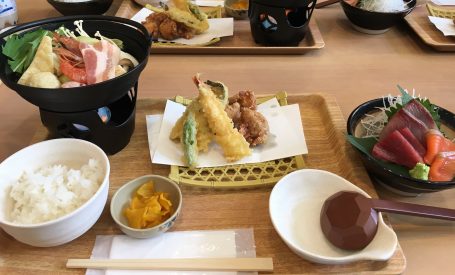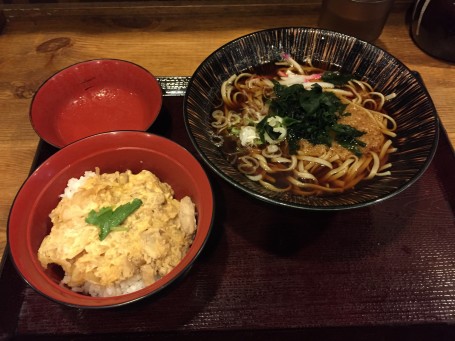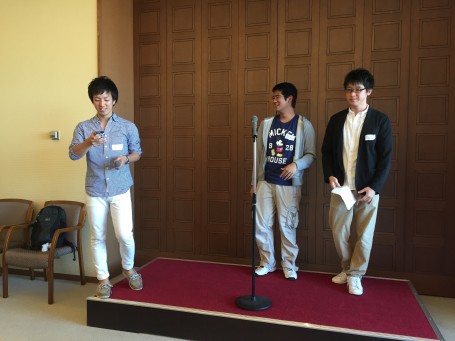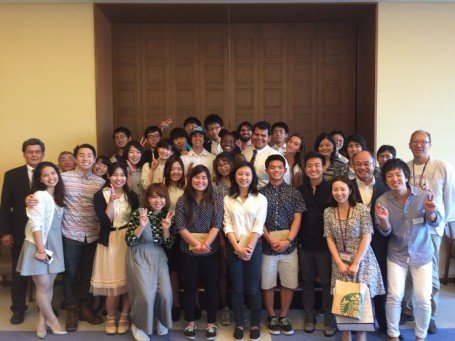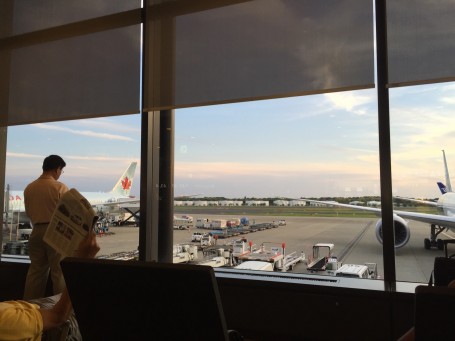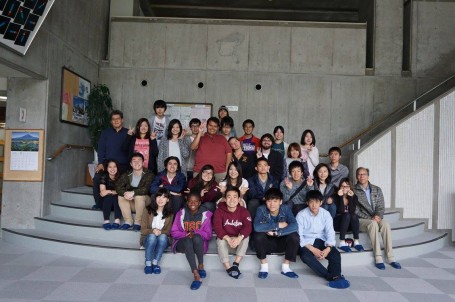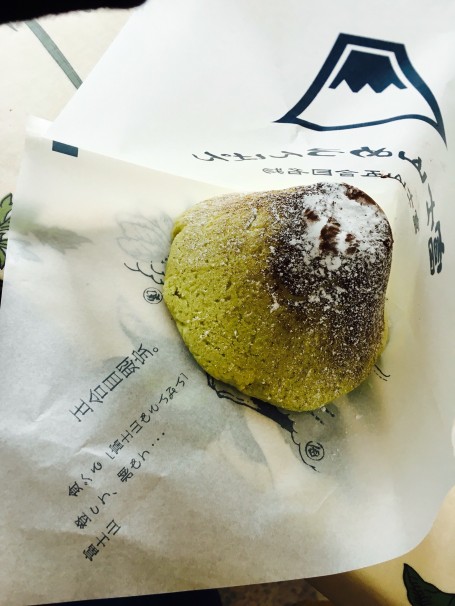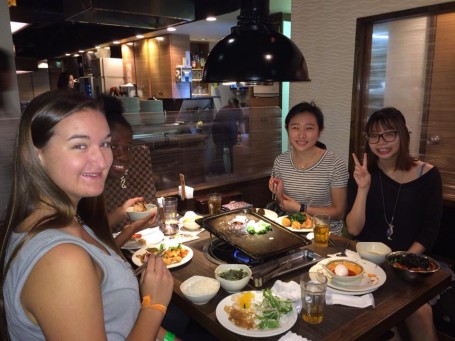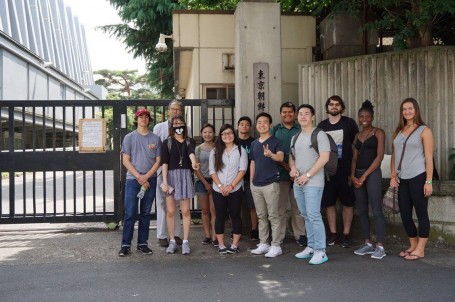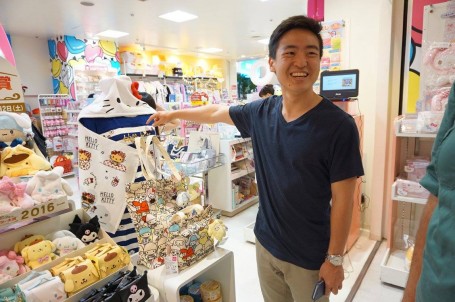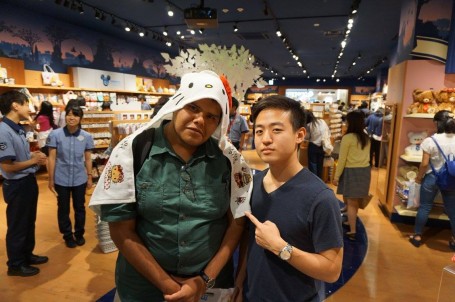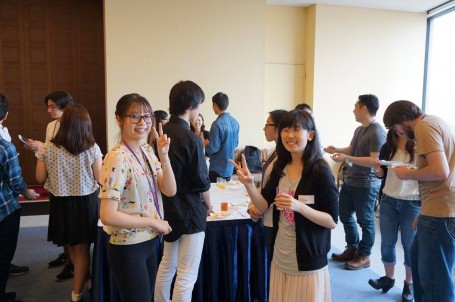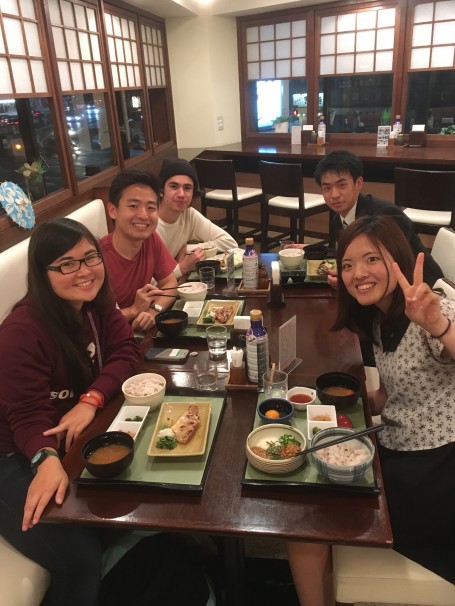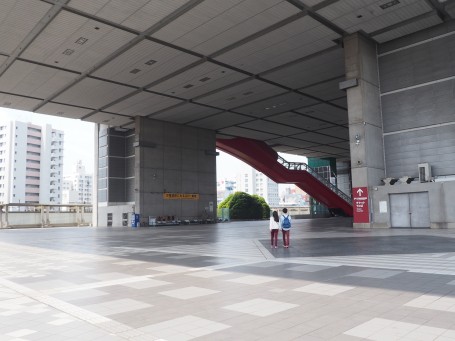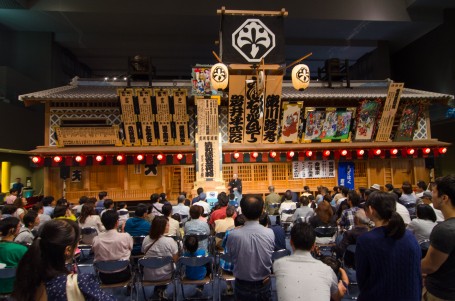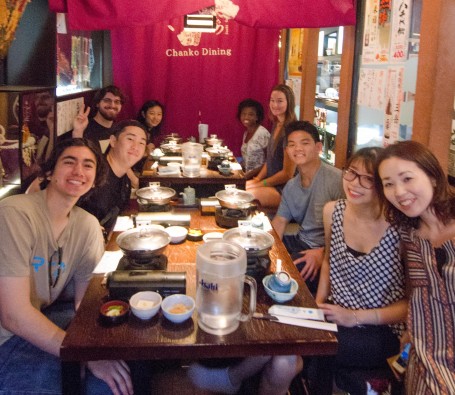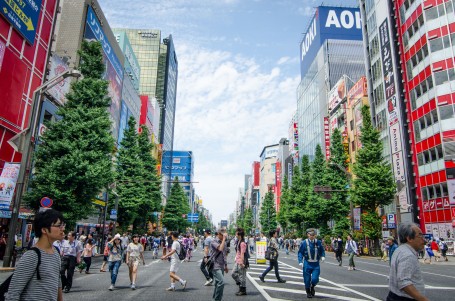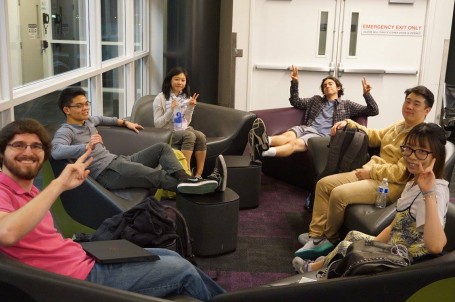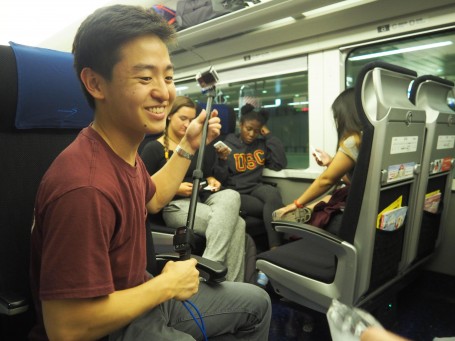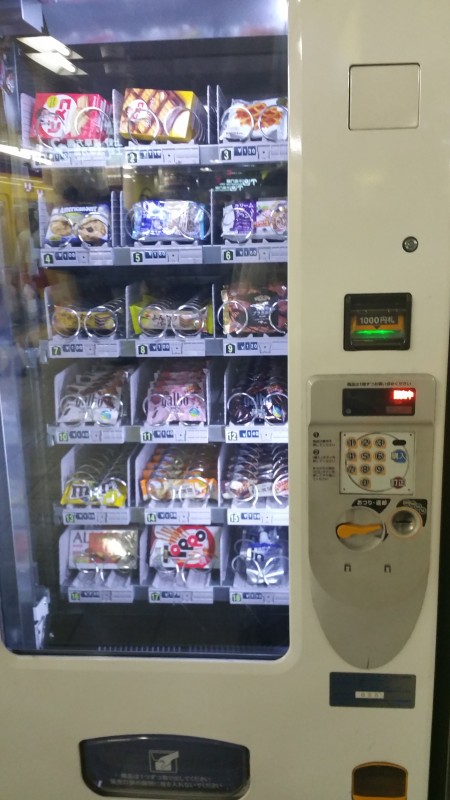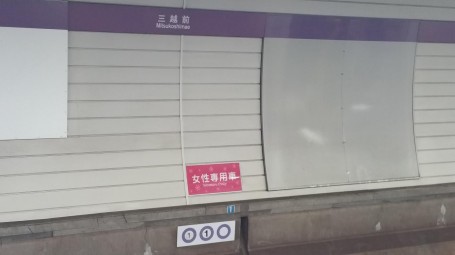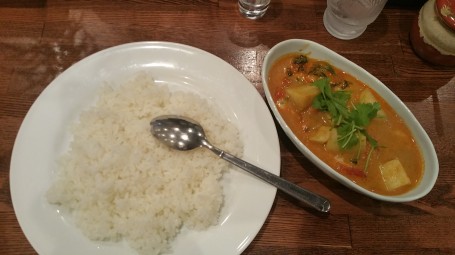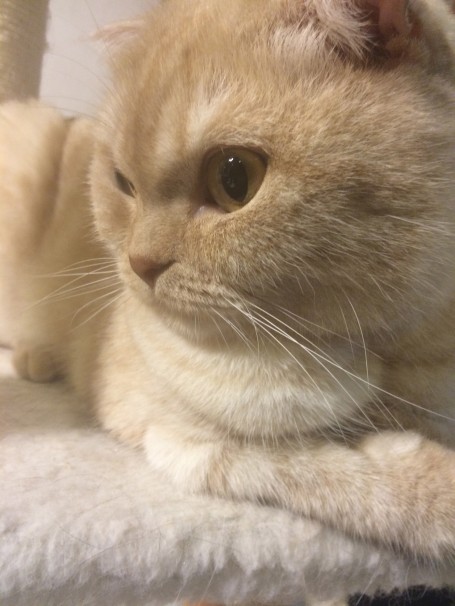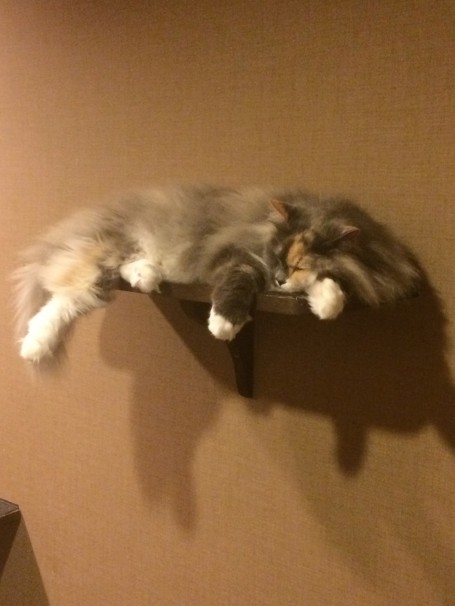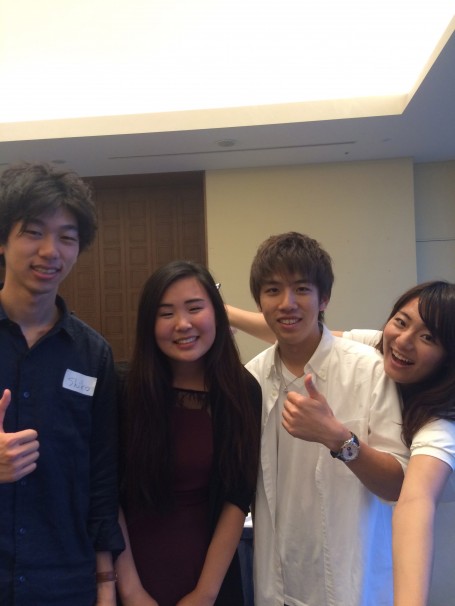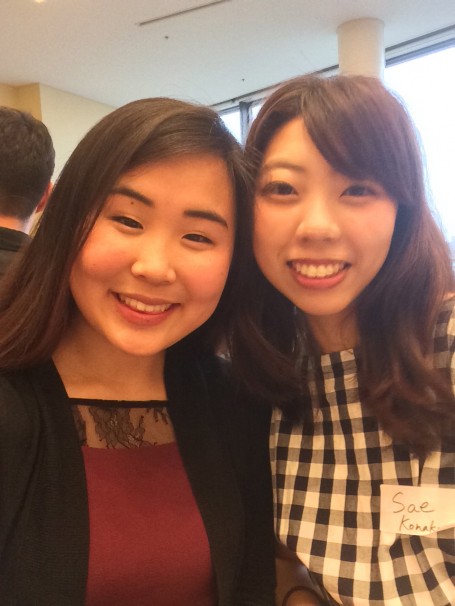By: Steve Nguyen
Good morning Kyoto! Today June 11 is our last day in Kyoto and we have free time until 12:45 pm. A lot of us broke up into different groups. Some of us went to the arcade, others went shopping in the malls near Kyoto station, and I decided to rent a bike and ride down the Kamo River. The bike shop was just around the corner from the our hotel and the rates were really good. It cost me about $8 to rent a bicycle for a day. Going to the river is very easy because you just have to head in the general direction of the river until you see it. Almost every bridge has stairs or slope for people or bicyclists. I only had a limited time to ride on the river plain so I decided to head north because I was told it had beautiful scenery.
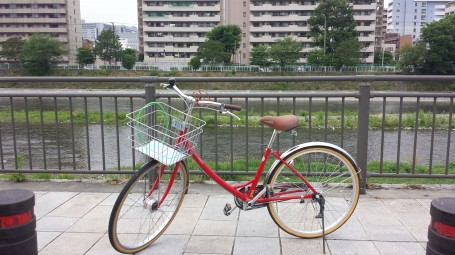
Here we go! I cruised along the Kamo river on this bicycle.
When I got to the river I noticed that the river plain was clean just like Kyoto and Tokyo. I found it very nice that we can find areas with nature, even though we are in a big city. The river plain was very pleasant and serene. It wasn’t very crowded this Friday morning, but I saw some people eating, chatting, and sleeping along the river. There were many ducks, swans, and cranes along the river enjoying their day as well. This scene reminded me of the scenes in Pico Iyer’s The Lady and the Monk when Iyer would walk with Sachiko in the beautiful and serene parks in Japan. Experiencing Japan’s nature in real life helped me grasp Japan’s respect for nature. In each place we have visited, mankind has coexisted with nature. As Iyer described in his books, Japan’s respect for nature is beautiful. Perhaps the Japanese respect for life and others stems from their respect for nature which can be seen everywhere in Japan if you know where to look.
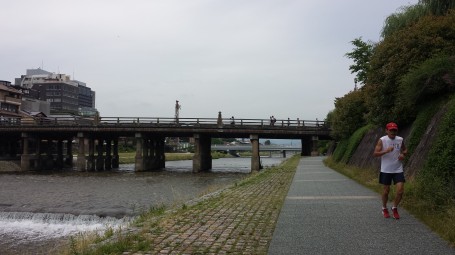
The river plain by Kamo river was serene and beautiful. There was lots of wildlife and many people jogging, eating, chatting, and resting along the river plain. If I had more time I would do all of that and more along the river!
I had to get back to the hotel at 12:45 pm, but got lost on the way back because all the bridges that connect to the street look the same. Luckily Kyoto tower is a major land mark by our hotel. I went down the river until I was near the tower that looked like a giant daikon. I arrived safely and on time. Bye Kyoto, thanks for all the good memories! The ride back to Tokyo took about 3 hours, so many of us got some good rest and sleep.

Kyoto Tower is a major landmark near Kyoto station. To me it looks like a giant Daikon. I got lost a little bit but thanks to Kyoto Tower I was able to get back on time.
When we got back to our home in Jimbocho Sakura Hotel, some of us went out to dinner with the Meiji students while some of us (myself included) decide to stay in the hotel and get some rest. Later that night Andi, Chris, and I headed out to Ikebukuro to go to the legendary Penguin Bar. Going to Ikebukuro station was easy, but finding the bar was a little bit harder. We got lost, but we found a lot of interesting things. Ikebukuro has a very interesting night life. There were many other young people looking for fun, host and hostesses advertising for their restaurant or club, and the fabled love hotels we have heard about. There were also many restaurants with delicious looking food around us. We went to a very busy ramen shop and ate some very delicious ramen. Nearby was a Don Quijote (a mega store chain in Japan that sells many cheap items) so we stopped by after dinner. While the ladies were looking around I was looking at Japanese gag shirts. I was really surprised to see that the Japanese also had their own versions of gag shirts. This goes closely with my research which is on western symbols and phrases on Japanese T shirts. What I noticed on Japanese gag shirts, is that most of it is written in Japanese. Perhaps shirts that meant to look cool or make a political statement are usually written in English while shirts written in Kanji are worn for humor. The types of gag shirts in the store reminds me of the shirts we find at a gag store in the United States called Spencer’s. Throughout the trip, I have experienced the same experience as Pico Iyer in his book where he realized that Japan and the west are not so different after all.
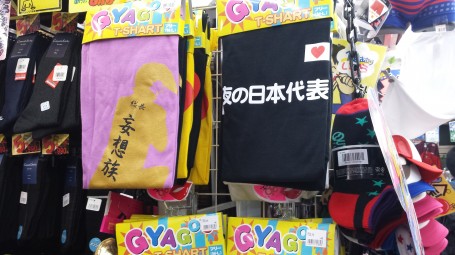
Here are examples of gag shifts in Japan. They often have a simple design and are written in Kanji.
After doing some shopping, the three of us stumbled into a couples’ park. We think it was a couples’ park because there were many couples there and they were showing personal displays of affection, such as holding hands. This was interesting because we did not see many couples showing affection in public. At night there is a lot more freedom and anonymity so young couples like the ones in the park can express their love for each other in public. This reminds me of the concept tatemae and honne as discussed in class. For many Japanese people they have to maintain tatemae and keep a public face by acting like everyone else in society while honne, the true self, is only expressed at home or at night when they are anonymous. It was an interesting contrast to see young people loosening up, enjoying the night with their partner, and being themselves. It got a little uncomfortable watching the other couples in the park so we left for the Penguin Bar.
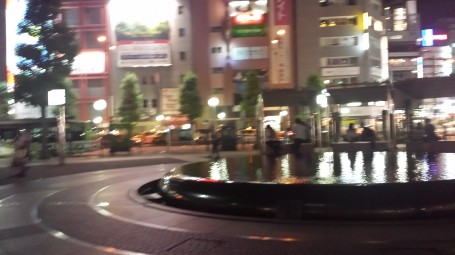
Here is picture of the couples’ park we went to. It was a beautiful sight to see tatemae and honne in real life.
We originally did not know the directions to the Penguin Bar. Something interesting was that when we asked Japanese girls where it was, most of them pointed us to the general direction to the bar while men did not even knew it existed. When we arrived, it was clear that this bar is mainly catered to girls and couples. It was a very classy place with waiters and waitresses dressed up in vests that made them look like penguins. When we saw the penguins all of our heart beats jumped; the penguins were very cute. We all took pictures of them and Chris wanted to set them free. It was a very cute and cool bar.
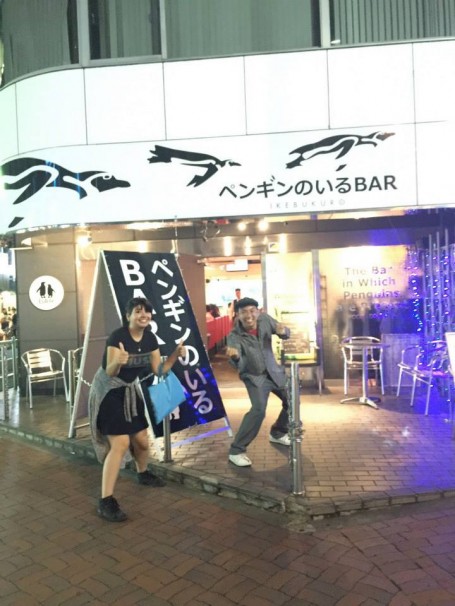
After getting lost numerous times, we were glad to enter the legendary Penguin Bar.
We enjoyed ourselves in the bar for a really long time and had “Real-Girl-talk”. We enjoyed ourselves for so long, that we missed the last train home. It was fine though because there were three of us so it was not expensive taking a taxi home. In total it cost us about $10 each and interestingly this was only the second time we have ridden a car in Japan. What an amazing night in Ikebukuro. I’m looking forward to getting lost and finding my way with my friends!

